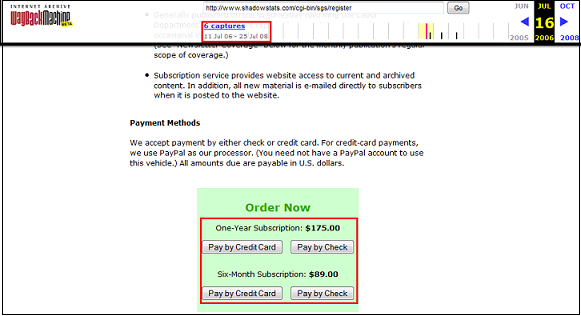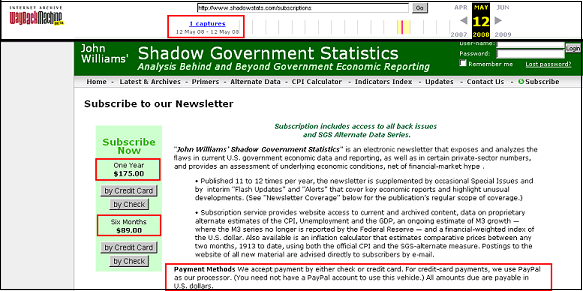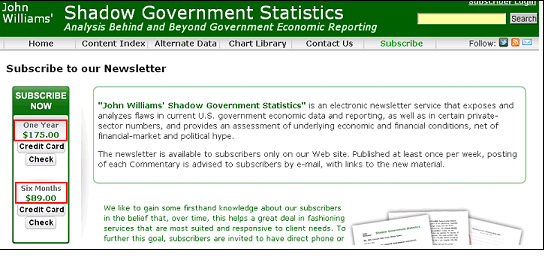Libertarian666 wrote:I am not going to discuss MR further, as I know enough about it to decide that (IMO) it is not of value to me. Thus, there is no point in someone trying to talk me into it, just as there is no point in my trying to talk someone into believing in the FSM.
I'm saying this as politely as I can... But, MR isn't a theory or something you believe in or not. It is literally nothing more than a description of how the Primary Dealers, the Fed and the Treasury move money around from account to account — like the example of the laundromat change machine that cannot possibly create any inflationary pressures inside a laundromat. If the MR descriptions are incorrect about Fed/Treasury operations, the text is corrected when the error is pointed out.
So, to compare MR to a myth is to say that its literal descriptions of the Fed, the Treasury and Primary Dealer operations are incorrect. And yet, since you won't listen to those descriptions, I'm confused as to how you could possibly come to the conclusions that the operational descriptions are incorrect.
The Fed only swaps assets with Primary Dealers. I'm saying this as nicely as I can, but that's a fact.
The Treasury only holds auctions when Primary Dealers are in a position to drain their excess reserves. The Fed outlines this tight relationship right on the Fed's website:
Federal Reserve Bank of New York wrote:Staff on the Desk start each workday by gathering information about the market's activities from a number of sources. The Fed's traders discuss with the primary dealers how the day might unfold in the securities market and how the dealers' task of financing their securities positions is progressing. Desk staff also talk with the large banks about their reserve needs and the banks' plans for meeting them and with fed funds brokers about activities in that market.
Reserve forecasters at the New York Fed and at the Board of Governors in Washington, D.C., compile data on bank reserves for the previous day and make projections of factors that could affect reserves for future days. The staff also receives information from the Treasury about its balance at the Federal Reserve and assists the Treasury in managing this balance and Treasury accounts at commercial banks.
Following the discussion with the Treasury, forecasts of reserves are completed. Then, after reviewing all of the information gathered from the various sources, Desk staff develop a plan of action for the day.
That plan is reviewed with interested parties around the system during a conference call held each morning. Conditions in financial markets, including domestic securities and money markets and foreign exchange markets also are reviewed at this time.
When the conference call is complete, the Desk conducts any agreed-upon open market operations. The Desk initiates this process by announcing the OMO through an electronic auction system called FedTrade, inviting dealers to submit bids or offers as appropriate.
Source:
http://www.newyorkfed.org/aboutthefed/f ... fed32.html
In other words, the Fed, the Treasury and the Primary Dealers are all in on the game together. They don't do anything until they all know what the game plan is. If the reserves don't exist, the Treasury just delays the auction until they do exist.
How is pointing out this kind of economic reality an exercise in mythology? That seems like an irrational response (and, again, I'm being as nice and polite as I can possibly be here).
Nothing I say should be construed as advice or expertise. I am only sharing opinions which may or may not be applicable in any given case.



 [/align]
[/align] [/align]
[/align] [/align]
[/align] [/align]
[/align]